
Although the practice of medicine can be immensely rewarding, it also can be extraordinarily stressful. Here's how we can help prevent clinician suicide.

Although the practice of medicine can be immensely rewarding, it also can be extraordinarily stressful. Here's how we can help prevent clinician suicide.

What can be done about the shortages among psychiatry subspecialists?

An analysis of polarization: “To be aware of the abyss of polarization is already to be forewarned and forearmed.”

A range of therapeutic targets are likely to be relevant for reducing risk of suicide in TRD. Here's what you need to know.

For many psychiatric conditions, psychotherapy, not medication, is the preferred first-line treatment.

Did you view the solar eclipse? What was your experience?

How can consulting psychiatrists help the team provide culturally appropriate care for diverse patient populations?

The suicide rate in the United States recently reached its highest peak since 1941.

Are you watching the solar eclipse?

From a groundbreaking FDA approval to the hidden toll of COVID-19, here are highlights from the week in Psychiatric Times.

What is new in research on alcohol use disorder?

"rescued from the filth of paradise, hosed off, shining, my cracked fingernails caked with dirt."

Will your eyes be on the sky for the total solar eclipse?
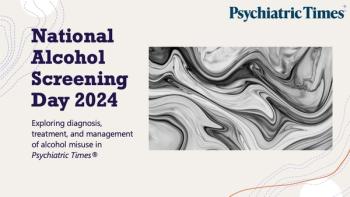
In honor of this year’s National Alcohol Screening Day, here’s a look back at some recent coverage in Psychiatric Times about the diagnosis, treatment, and management of alcohol misuse.

Lykos Therapeutics recently received priority review of MDMA-assisted therapy for patients with PTSD. Check out the latest research update here!

How does the therapeutic alliance apply outside of psychiatry?
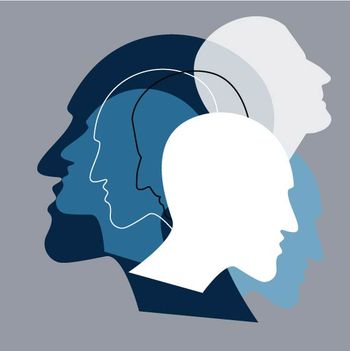
This alters the course of developer Eisai's regulatory submission plans for lecanemab in the treatment of early Alzheimer disease.

How has COVID-19 affected your patients of all ages? One psychiatrist weighs in.

Can the growing interest in psychiatry and religion contribute to more healing rather than harm?

“The selectivity of NBI-1070770 for the NMDA NR2B receptor may benefit patients with moderate to severe depression.”

New phase 2 study initiated to determine the potential of ALTO-203 as an antidepressant in patients with major depressive disorder and anhedonia.

What are the links between social psychiatry and the family therapy movement?

The atypical antipsychotic was approved for the acute treatment of schizophrenia in 2009.
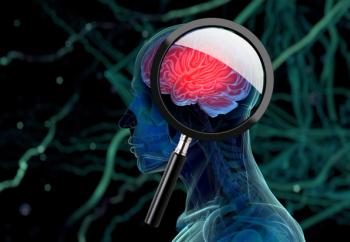
Have you checked out the latest Translating Research Into Practice column? Let us know!
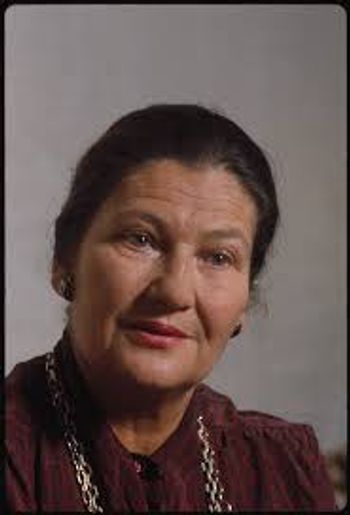
An example of a female leader…

The FDA has cleared the first prescription digital therapeutic for major depressive disorder, Rejoyn.

Vistagen has enrolled the first participant in the PALISADE-3 phase 3 trial of fasedienol for the treatment of social anxiety disorder.
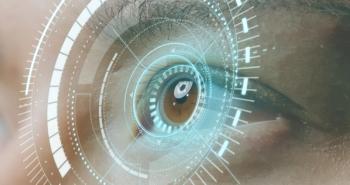
Trying to predict the future: foolish or wise?

Write to us now to be part of our series focused on addiction and substance use disorders this month.
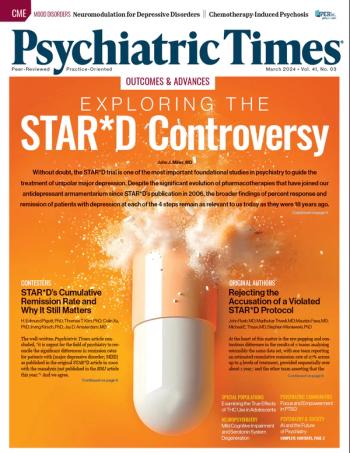
The experts weighed in on a wide variety of psychiatric issues for the March 2024 issue of Psychiatric Times.